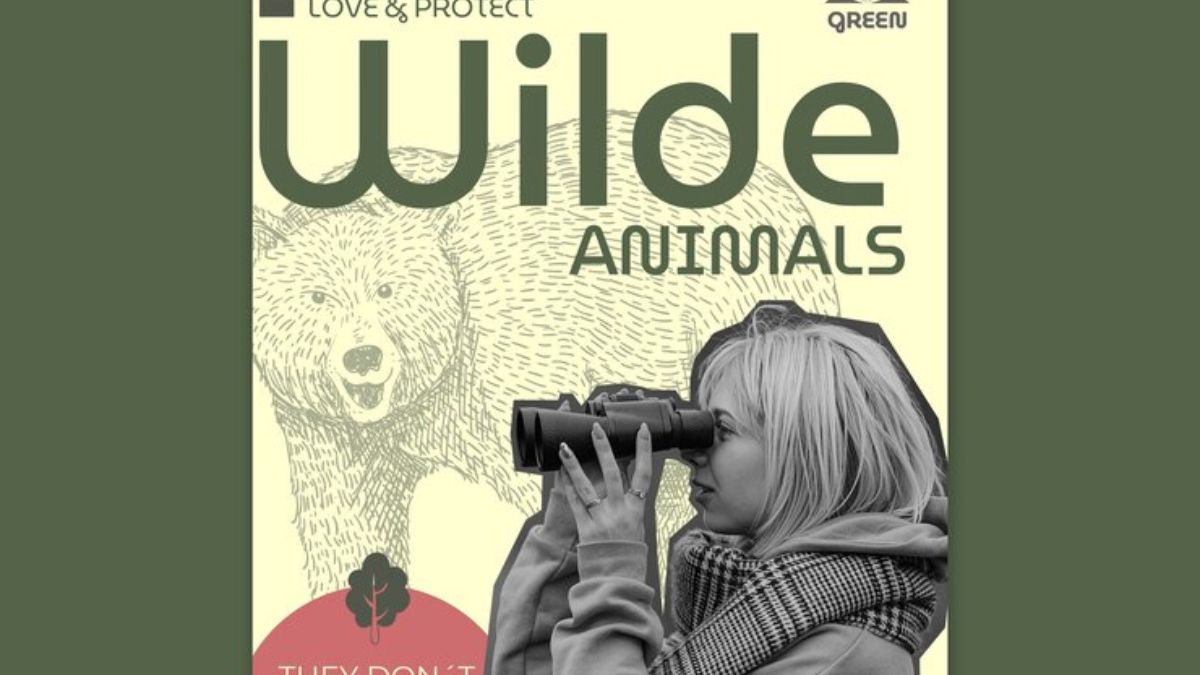Sloths—those slow-moving, tree-dwelling creatures—have captured the hearts of nature lovers, animal enthusiasts, and eco-conscious individuals worldwide. Known for their unhurried lifestyle and unique adaptations, sloths represent nature’s ability to adapt in fascinating ways. But there’s more to these extraordinary animals than their leisurely reputation. From their critical role in ecosystems to the dangers they face and the conservation efforts working to protect them, sloths are a symbol of resilience and the need for environmental stewardship.
This blog dives deep into the world of slo-ths—exploring their unique qualities, their ecological significance, and how we can all contribute to their preservation.
What is a Sloth?
Sloths are medium-sized mammals native to the tropical rainforests of Central and South America. These creatures are renowned for their slow metabolism, which results in their signature unhurried movement. Most sloths spend their lives hanging upside down in the trees. They belong to two main categories:
- Two-toed slo-ths (family Megalonychidae)—slightly larger and more adaptable in diet.
- Three-toed slo-ths (family Bradypodidae)—smaller and more specialized feeders.
The dense canopies of rainforests such as those in Costa Rica, Panama, and Brazil provide the perfect environment for these animals. Spending roughly 90% of their lives in the treetops, slo-ths eat, sleep, and even give birth up there. They descend to the ground only once a week to defecate—a behavior that remains a scientific curiosity.
But sloths represent more than their fascinating habits. Their presence in these forests has profound ecological significance.
The Importance of Slo-ths in Ecosystems
Slo-ths are much more than adorable animals—they are vital contributors to their environment’s health and sustainability. By living in the treetops and feeding on leaves, sloths inadvertently play a key role in enhancing the biodiversity of their habitats:
- Nutrient Distribution: Sloths’ slow digestion and ground-level defecation distribute nutrients through the forest floor, enriching the soil.
- Symbiotic Ecosystem:
- Slo-ths’ fur hosts a mini-ecosystem of algae, fungi, and insects. For instance:
-
- Algae give sloths a greenish tint, enhancing camouflage in the forest canopy.
- Some fungi in sloth fur possess anti-cancer properties, highlighting the potential for medical discoveries linked to sloths.
- Moths living within sloth fur contribute to fertilizing algae, further supporting this microhabitat.
The absence of slo-ths would disrupt the delicate rainforests they call home, reducing biodiversity and affecting soil health—a sobering reminder of their ecological value.
What Makes Sloths Unique?
Slo-ths have evolved remarkable characteristics that allow them to thrive in challenging environments. Here are some standout traits that distinguish them from other wildlife:
- Slow Metabolism:
- Slo-ths move at a deliberate pace due to their extremely low metabolic rate, which helps conserve energy in their low-calorie, leaf-based diet.
- Extra Cervical Vertebrae:
- Three-toed sloths can rotate their heads up to 270 degrees, thanks to their extra neck vertebrae. This serves as an advanced adaptation to detect predators or scope out food sources.
- Camouflage and Slow Movement:
- Slo-ths avoid detection by predators like jaguars and harpy eagles by remaining still and blending into their surroundings.
- Grip Strength:
- With specialized tendons in their hands and feet, sloths can hang onto branches for days without expending energy—a useful trait for a life spent in the treetops.
These features represent millions of years of evolution, making sloths true marvels of adaptation. Yet, these traits also make them vulnerable to modern threats.
Threats Facing Slo-th Populations
Despite their evolutionary brilliance, sloths are under threat. Their primary challenges include:
- Habitat Loss
Rainforests—the natural homes of slo-ths—are disappearing at an alarming rate due to deforestation, agriculture, and urban expansion. These activities destroy tree canopies, isolating sloth populations and increasing their risk of extinction.
- Human-Wildlife Conflict
Slo-ths often encounter roads, electrical wires, and urban areas as their forest habitats dwindle, leading to fatal accidents. Furthermore, some unscrupulous individuals exploit sloths for tourism or the illegal pet trade.
- Climate Change
Rising temperatures and erratic weather patterns disrupt sloths’ food sources and habitats, making survival even more challenging.
Thankfully, numerous efforts are underway to protect these animals and their ecosystems.
Supporting Sloth Conservation
Conservationists, scientists, and eco-conscious organizations are working tirelessly to protect sloths and their habitats. Some notable efforts include:
- The Sloth Conservation Foundation (SloCo):
- Works to protect sloths through habitat preservation, research, and community education in regions like Costa Rica.
- Wildlife Corridors:
- Initiatives that connect fragmented habitats, allowing sloths safe passage and access to resources.
- Rehabilitation Programs:
- Organizations like the Jaguar Rescue Center rehabilitate sloths injured by urbanization, returning them to the wild where possible.
How Can You Help?
Here are simple ways individuals can support sloth conservation:
- Donate to reputable conservation organizations.
- Avoid activities that exploit sloths, such as posing for selfies with wild animals.
- Choose eco-friendly products to reduce your personal environmental footprint.
- Spread awareness about the challenges sloths face and advocate for stronger environmental policies.
By acting now, we can secure a future for sloths and the rainforests they inhabit.
Slo-ths and Responsible Eco-Tourism
Eco-tourism provides both opportunities and challenges for slo-ths. While tourism can raise awareness and funds for conservation, it can also disrupt wildlife if not managed responsibly.
- Positive Practices:
- Choose tour operators who prioritize animal welfare and follow no-contact policies.
- Avoid facilities offering sloth selfies or interaction—these activities stress the animals.
Supporting ethical eco-tourism helps preserve the natural habitats sloths depend on while promoting sustainable economies in the regions they inhabit.
Protecting Sloths is Protecting Rainforests
Slo-ths are more than adorable creatures—they are integral to the health of rainforests and serve as reminders of nature’s intricate balance. While they face significant threats, ongoing conservation efforts and eco-conscious actions can safeguard their future.
Now is the time to take action. Whether through donations, education, or ethical tourism, each of us can contribute to protecting these remarkable creatures and the vibrant rainforests they call home.
Conclusion
Sloths symbolize the delicate balance of our natural ecosystems, serving as crucial contributors to their environment and reminders of the need for conservation. By advocating for sustainable practices, supporting ethical eco-tourism, and raising awareness about the challenges sloths face, we can play a pivotal role in their survival. Every action, no matter how small, brings us closer to preserving not only these fascinating animals but also the rainforests upon which the world depends. Together, our collective efforts can create a future where sloths thrive and nature flourishes for generations to come.
FAQs
What are slo-ths, and where do they live?
Slo-ths are slow-moving mammals native to Central and South America. They inhabit tropical rainforests, spending most of their time in the canopy, where they blend seamlessly with the trees due to their algae-covered fur.
Why are slo-ths important to their ecosystems?
Slo-ths play a vital role in maintaining the health of their ecosystems. They promote biodiversity by hosting algae and other small organisms in their fur and contribute to seed dispersal as they travel through the forest canopy.
What threats do slo-ths face?
Slo-ths face numerous threats, including habitat destruction due to deforestation, illegal wildlife trade, and road accidents as they attempt to traverse fragmented forests. Climate change is also a growing concern, as it affects their rainforest habitats.
How can I help protect sloths?
You can support sloths by advocating for rainforest conservation, supporting ethical eco-tourism, and donating to reputable wildlife organizations. Educating others about the need for conservation also plays a crucial role in ensuring their survival.
Are slo-ths endangered?
While not all sloth species are classified as endangered, several, like the pygmy three-toed sloth, are critically endangered due to their limited habitats and declining populations. Conservation efforts are essential to protect their future.






